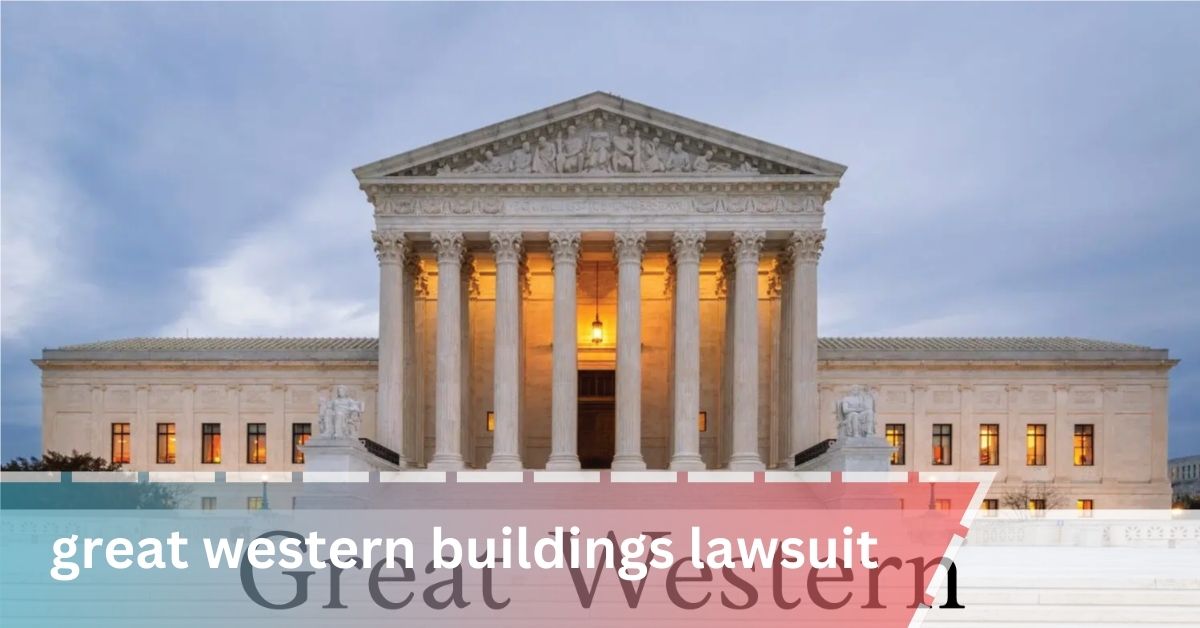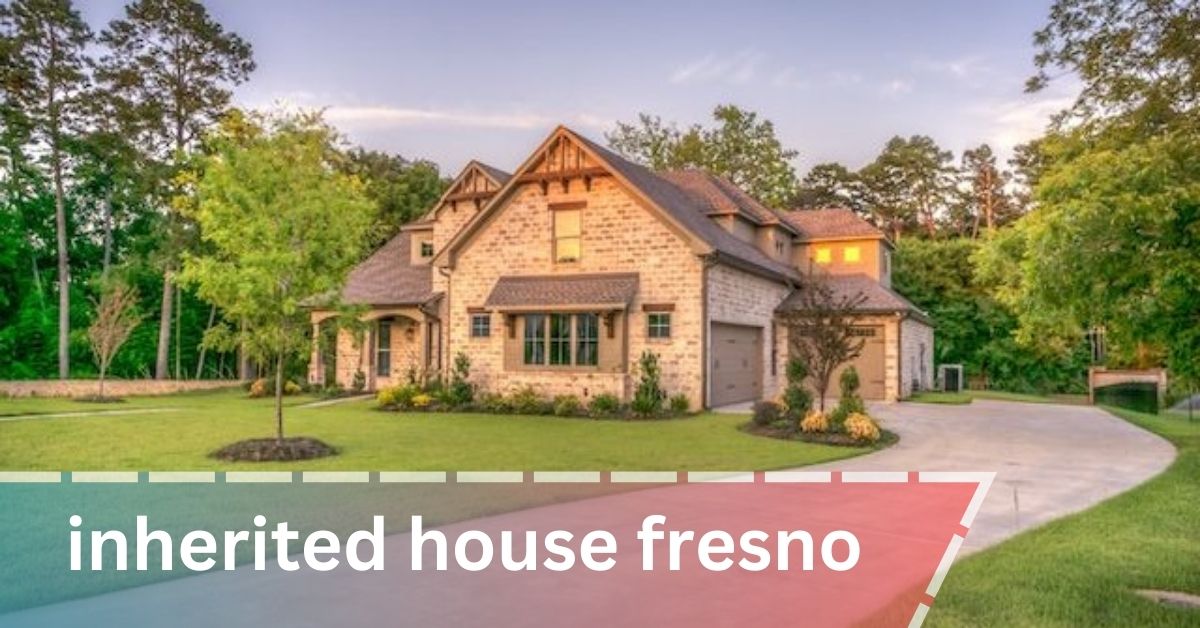
In the realm of architectural heritage and legal intricacies, few issues resonate as deeply as disputes surrounding landmark structures.
One such case that has captured attention and stirred debate is the Great Western Buildings lawsuit, which has thrust the intersection of preservation, property rights, and urban development into the spotlight.
The Genesis of the Lawsuit
The Great Western Buildings, a cluster of historic structures revered for their architectural significance and cultural heritage, found themselves at the center of a contentious legal battle.
Situated in the heart of a bustling metropolitan area, these buildings stand as testaments to a bygone era, offering a glimpse into the architectural marvels of the past.
The genesis of the lawsuit can be traced back to diverging interests and visions regarding the future of these iconic edifices.
On one side, preservationists and advocates for historical conservation rallied to safeguard these structures, viewing them as emblematic of the city’s identity and history.
Conversely, developers eyed the prime real estate as an opportunity for modernization and lucrative ventures, igniting tensions that would eventually culminate in legal proceedings.
Legal Complexities and Contention
At the crux of the lawsuit lay a complex web of legal considerations, ranging from zoning regulations and property rights to the broader implications of urban development.
Preservation ordinances, designed to protect historically significant buildings from demolition or alteration, collided with the prerogatives of property owners seeking to maximize commercial viability and investment returns.
The legal battle unfolded on multiple fronts, with preservation groups filing injunctions and appeals to halt demolition and secure landmark status for the Great Western Buildings.
Conversely, developers marshaled legal arguments asserting their rights to redevelop the property in accordance with municipal regulations and economic imperatives.
Public Sentiment and Advocacy
As the lawsuit garnered public attention and media scrutiny, it catalyzed a broader dialogue on the value of architectural heritage and the role of urban planning in shaping the urban landscape.
Advocates for preservation mobilized grassroots campaigns, leveraging social media and community outreach to galvanize support for their cause.
Simultaneously, proponents of redevelopment framed their endeavors as catalysts for economic revitalization and urban renewal, emphasizing the potential benefits of modernization and commercial expansion.
The clash of narratives underscored deep-seated tensions between competing visions of progress and historical stewardship.
Implications and Lessons Learned
Beyond the confines of the courtroom, the Great Western Buildings lawsuit reverberated across municipal planning departments, preservation societies, and real estate circles.
It underscored the need for robust mechanisms to reconcile competing interests and facilitate constructive dialogue between stakeholders.
Moreover, the lawsuit highlighted the intrinsic value of preserving architectural heritage as a means of fostering cultural continuity and enriching the urban fabric.
In an era marked by rapid urbanization and development pressures, it served as a poignant reminder of the importance of balancing progress with the preservation of collective memory and identity.
The Legal Landscape:
Preservation ordinances safeguard historically significant structures, while property rights empower owners to make decisions about their assets.
Conflicts arise when preservation ordinances and property rights intersect, necessitating legal mechanisms to balance preservation objectives with development goals.
The application of preservation ordinances must respect the autonomy of property owners, who may seek to maximize economic potential while complying with zoning regulations.
Reconciling these interests requires nuanced legal frameworks that foster collaboration and mitigate disputes, ensuring the preservation of architectural heritage amidst urban development.
Community Mobilization and Grassroots Advocacy:
The Great Western Buildings lawsuit sparked grassroots movements and community-driven initiatives, amplifying voices in support of architectural preservation.
Through social media campaigns and public forums, advocates raised awareness and pressured decision-makers to consider broader implications.
Grassroots advocacy reframed the narrative, emphasizing the value of architectural heritage and fostering meaningful engagement among stakeholders.
The enduring legacy underscores the power of collective action in shaping sustainable urban development and preserving cultural legacies.
Lessons Learned and Future Considerations:
The lawsuit highlights the need for holistic approaches that reconcile preservation objectives with development imperatives. Inclusivity, transparency, and participatory decision-making are essential for charting paths toward sustainable urban development.
Proactive planning and strategic foresight are crucial in managing urban growth while honoring architectural heritage.
By integrating conservation into urban planning initiatives, cities can cultivate resilient communities that embrace both the past and future. The legacy underscores the imperative of a holistic vision for sustainability in urban life.
Economic Impacts and Market Dynamics:
The Great Western Buildings lawsuit has prompted a closer examination of the economic impacts and market dynamics surrounding architectural preservation and urban development.
Preservation efforts entail significant costs for initial investment and ongoing maintenance, while redevelopment projects offer opportunities for economic revitalization and job creation within communities.
Striking a balance between preserving architectural heritage and harnessing economic potential is essential.
Through innovative financing mechanisms, adaptive reuse projects, and public-private partnerships, cities can unlock the economic value of historic preservation while ensuring the integrity of their built environment.
The interplay between economic considerations and preservation imperatives underscores the complexities of urban development and underscores the importance of holistic approaches that prioritize sustainability and community well-being.
Conclusion:
In the annals of legal history and architectural preservation, the Great Western Buildings lawsuit occupies a prominent place, encapsulating the complexities and challenges inherent in navigating the intersection of heritage conservation and urban development.
While the outcome of the lawsuit remains uncertain, its legacy endures as a testament to the enduring significance of preserving our built environment for future generations to cherish and steward.
FAQs:
1. What were the Great Western Buildings?
The Great Western Buildings were historic structures known for their architectural significance, located in a metropolitan area.
2. What sparked the lawsuit surrounding the Great Western Buildings?
Diverging interests between preservationists and developers triggered the lawsuit.
3. What were the primary legal issues at stake in the lawsuit?
The lawsuit centered on interpreting preservation ordinances and balancing them with property rights.
4. How did community mobilization influence the outcome of the lawsuit?
Community mobilization raised awareness and pressured decision-makers, shaping the narrative.
5.What lessons can be drawn from the Great Western Buildings lawsuit?
The lawsuit highlights the need for balanced legal frameworks and community engagement in urban development.




